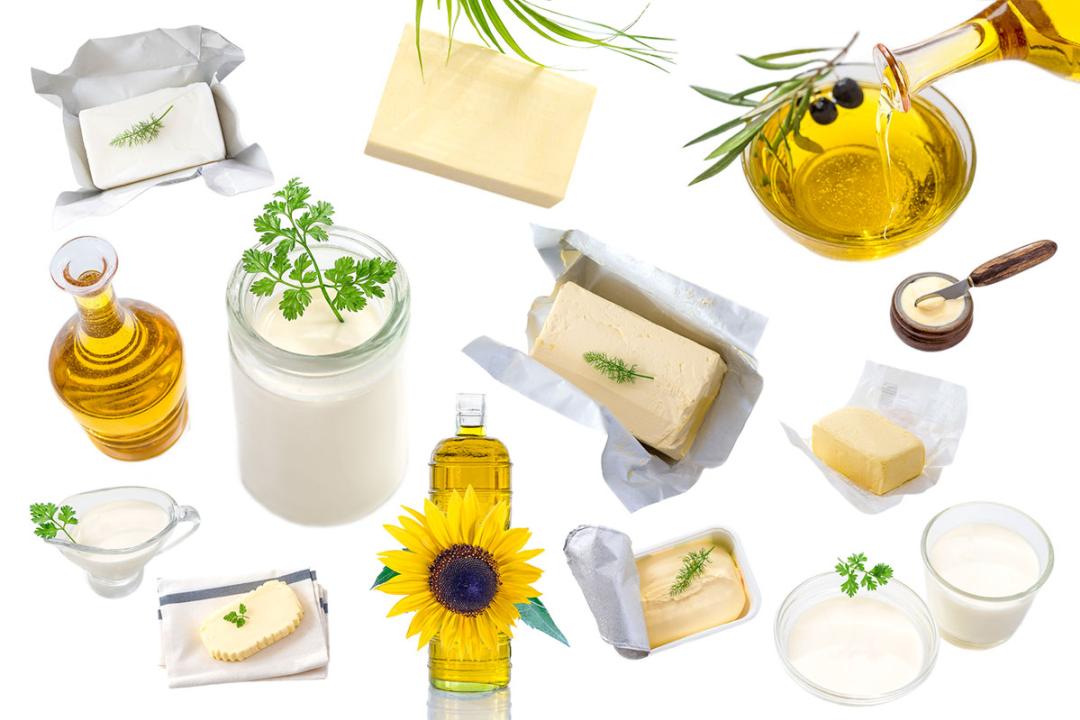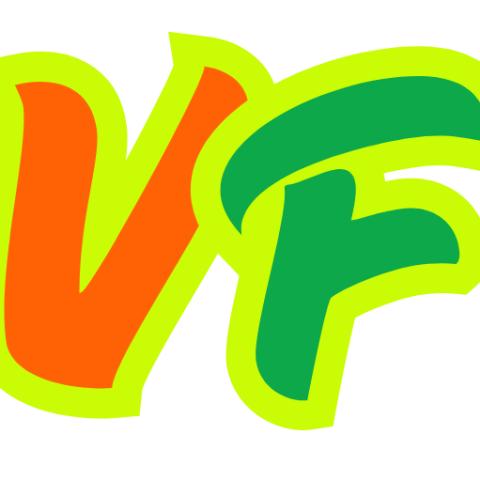Intake
and Animal Fats And Oils
Proper intake of nutrients is essential for animals to receive the energy and
building blocks needed for life. Animals obtain nutrients through their diet by
ingesting and digesting food. Digestion is the breakdown of food into smaller
molecules that can be absorbed and utilized by the body. Different animal
species have evolved specialized digestive systems to efficiently digest
different types of foods. Ruminant animals like cows, goats and sheep have
multipoint stomachs that allow them to digest plants like grasses that humans
cannot. Monogastric animals like pigs, poultry and humans have a simple stomach
and rely on enzymes to break down starches, proteins and fats.
For optimal digestion to occur, animals must consume a balanced diet that
provides sufficient amounts of energy, protein, vitamins, minerals and water.
Energy is primarily supplied through carbohydrates and fats, while protein
provides essential amino acids for growth, development and replacement of
tissues. Vitamins and minerals act as cofactors for metabolic processes and
support overall health. Undigested food passes out of the digestive tract as
feces. Proper digestion maximizes the absorption of nutrients from ingested
food.
Nutrient Requirements
All animals have specific nutrient requirements that are dependent on various
factors like species, age, production level and stage of production. Meeting
these Animal
Fats and Oils requirements is crucial for animals to express their
genetic potential. Energy needs vary greatly between animals - for example,
lactating dairy cows require 3-4 times more energy than non-productive beef
cattle. Protein requirements are highest during periods of growth or pregnancy
when tissues are being formed or remodeled. Vitamin and mineral needs also
fluctuate with physiological stage. Deficiencies in certain nutrients can
severely impact health, productivity and well-being.
Feeding programs are designed with precise calculations to fulfill estimated
nutrient demands. National research organizations regularly publish nutrient
requirement guidelines specific to different stages of production. Feeds are
then formulated to matching protein, energy and other nutrient levels needed. Overfeeding
leads to wastage of resources while underfeeding causes impaired performance
and productivity losses. Proper balancing and monitoring of diets according to
established requirements ensures animals derive maximum benefits from their
feed.
Feed Ingredients and Nutritive Value
Diets must provide a balanced mix of feed ingredients that supply required
nutrients in adequate quantities and proportions. Common animal feed
ingredients include grains, forages, by-products and supplements. Grains like corn,
wheat and sorghum are rich energy sources providing starches, fats and
proteins. Forages such as hay, silage and pasture furnish fiber as well as some
protein, vitamins and minerals. By-products from food processing contain
available nutrients and help reduce production costs. Supplements ensure diets
contain sufficient vitamins, minerals and other essential nutrients that may be
deficient.
The nutritive value of each feed ingredient depends on its chemical
composition. Crude protein content indicates presence of amino acids while
crude fiber signifies unavailable carbohydrates. Energy density is determined
through measures like total digestible nutrients (TDN), digestible energy (DE)
and metabolizable energy (ME). Mineral and vitamin levels also contribute to
overall feed quality. Proper laboratory assays allow diet formulations to
account for natural variations in nutrient profiles between feedstuffs and
lots. Precise knowledge of feed composition aids nutritionists develop
well-balanced, cost-effective diets.
Non-Nutritive Feed Factors
In addition to nutrient content, certain non-nutritive factors of feeds impact
animal health and growth. These secondary components include anti-nutritional
factors, phytochemicals and food safety aspects. Anti-nutritional factors found
in some plant-based feedstuffs, such as trypsin inhibitors in soybean meal, can
reduce digestibility and absorption of dietary proteins and amino acids if not
processed properly. Phytochemicals are biologically active plant compounds exerting
protective effects. However, excessive intake from certain feeds like tannins
in sorghum may depress growth in monogastrics.
Foodborne pathogens and mycotoxins originating from contaminated raw materials
pose threats requiring monitoring and control measures. Optimum feed processing
techniques eliminate or reduce anti-nutritional compounds and biological
hazards. Proper ingredient selection and handling limits negative impacts of
inherent non-nutritive feed factors. Overall understanding of feed attributes
beyond mere nutrients allows formulation of safer, higher quality rations that
fully realize genetic capability of livestock.
Animal Fats And Oils involves matching dietary intake of energy, protein and
other vital nutrients to species-specific needs for proper growth, performance
and well-being. Formulating balanced rations using ingredients with known
composition accounts for estimated requirements at different life stages. Along
with nutrients, consideration of inherent feed properties beyond nutritional
value is important from the perspective of animal health and productivity.
Adherence to nutritional and quality guidelines through scientific feeding
programs ensures animals receive an optimum plane of nutrition to express
genetic potential in a profitable and sustainable manner.
Get More Insights on Animal Fats and Oil
For
Better Understanding, Choose Preferred language-














